
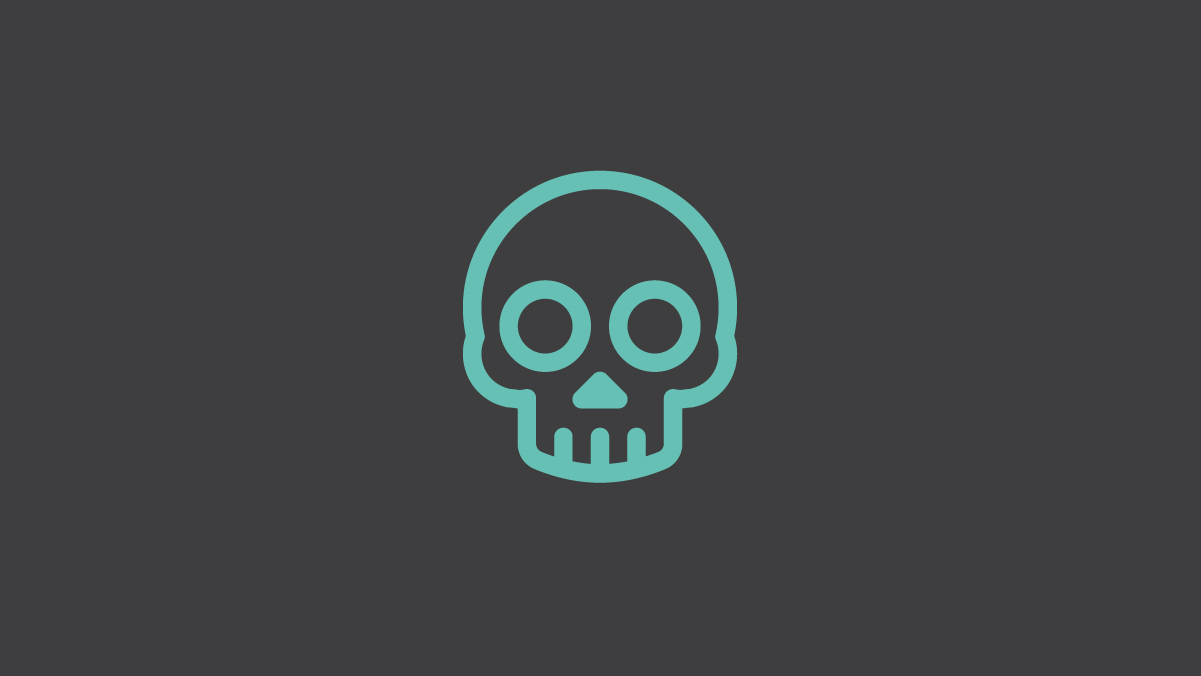
The Brand Killers
28th March 2021
They hide in plain sight. Perhaps you know them as family, friends, neighbours, colleagues. They seem normal. Nice even. You wave to them every day, perhaps you’ve holidayed together, shared good times. You trust them implicitly. But did you suspect that these could be the very people that are wrecking brands, destroying everything that makes a brand investable. They’ve been doing it for years, quietly massacring exquisiteness in favour of mediocrity, and nobody suspected a thing.
I’ve spent years of my life (over two decades in fact) working as a creative, a conceptual thinker, an idea generator in the advertising industry building investable brands. Brands that people wanted to invest in, buy from, work for and acquire. I’d done it for entrepreneurs, organisations and governments, energy companies, banks, tobacco companies, TV companies, luxury cars, consumer goods, retail stores, tech companies, startups, scale-ups and corporate spinouts. I’d built investable brands that inspired people to join a community, to follow an idea, or even motivated people to change the world.
Early on in my creative career I noticed something. I noticed that the copy created by senior creative writers started to sound very much like ‘copy created by senior creative writers’. I was regularly presented with it in the creative department. It would appear to me in emails, pdf’s, sketched transcriptions, printed manuscripts, or, if the message was intended for a vocal output, it would be read to me like lines from a play.
What I started to hear – and what really bothered me – was the milk-and-water platitudes of this commercial prose. It seemed like a type of Pavlovian conditioning took place when the writers in these creative agencies heard the pattering footsteps of the account manager, brief in hand. They’d become so used to effortlessly answering the brief, throwing down lines they knew the client would approve that they started to second guess the outcome. The problem is, when this happens, the outcome becomes derivative – the same as all the other stuff that’s already out there.
The brands were starting to blend into the landscape of other brands and adverts and in doing so they all became less visible. Like prose scattered across a vast sea of awkward advertising non-speak, littered with toxic puns and hum-drum sitcom humour, and the last thing you want is for your brand communication to sound like that. Like it was written by an automated shit-bot programmed with banal safety features.
Luckily, I was well aware of this affliction, so in the early days of Robot Mascot, when it came to pulling a team together, I went out of my way to onboard the most exciting raw talent – writers, designers creatives and industry experts – accomplished, but often from an unconventional background.
But here I am going off track. There were other factors and dangers to avoid when it came to creating an investable brand, and if you’re thinking of hiring a creative agency to work on your brand, don’t bear the full blame on the senior creative writer, in fact, the conspiracy surrounding vanilla branding goes much deeper. So let’s look at the main suspects:
SUSPECT 1: The Creative
Varied in character and difficult to deal with. From the subdued senior copywriter that’s been left to graze too long, attention-seeking juniors, the undiscovered genius, good but lazy, grandpa hipster, introvert geek and the tortured artist. This article refers to the ‘subdued senior copywriter’. A lion now confined to a zoo, once fearless, brave, bloodthirsty, magnificent, has now become lackadaisical, comfortable in their narrow box, obedient to the gatekeeper, drunk and sluggish from the sustenance they no longer have to fight for.
SUSPECT 2: The Account Manager
Account Managers at creative agencies act as the liaison between the client and the creative department. Bad account managers are nice to everyone, which doesn’t really work, technically they’re suited and booted ass-kissers. Great Account Managers understand creativity, psychology and business, they aren’t afraid to have difficult conversations and take great leaps of faith for the client.
SUSPECT 3: The Client
The best ones are ambitious and brave, the worst ones are not. The trouble happens when clients get scared of the unknown and start to micro-manage which tends to turn everything a bit vanilla. The best clients have faith in the process, they put their trust in the agency and take a leap of faith when things get scary.
SUSPECT 4: The Outside World
Beware of other ads, brands, messages and designs that are already out there. When clients are presented with a bold new idea that’s challenging, it often elicits an uncomfortable response, a gut reaction, the fight or flight stimulus which gets them running towards their comfort zone, the mediocre stuff they’ve already seen. The feedback from the Account Manager to the creative department will go something like this.
‘The client really liked the colour palette and the setting. They just wanted a very small tweak, it’s not a biggie they just really wanted to tone down the bit that makes it great, could we perhaps make that bit, not exactly like, but really really similar to everything else we’ve ever seen, ever.’
SUSPECT 5: The Focus Group
Often when a creative idea is challenging it’s because it hasn’t been seen before. It feels uncomfortable, it feels strange. When this happens a client may insist upon using a focus group. The danger is that the ‘challenging idea’ will be tested on an audience that are exposed to the outside world (see above). This is their point of reference, an anchor of mediocracy that ensures the ‘challenging idea’ doesn’t sail off into the wider world. It doesn’t go on to be discovered by exotic new audiences, instead, it will stay right where it is, steadfast, safe, secure in the shit harbour of mediocrity where inspired messages are massacred and great dreams go to die.
So hopefully, now I’ve lifted the lid on the main suspects you’ll be able to spot the early warning signs and avoid the Brand Killers before they do real damage. It’s your brand, after all, so don’t let the well-meaning actions, and good intentions of the Brand Killers mess it up. Once you start to identify shit-bot copy and me-too messages you’ll realise it’s not for you. You’ll swerve the focus groups and avoid ass kissers in favour of braver, and that’s where the good stuff happens. You’ll sail your brand towards extraordinary things, the very best version of what you’d ever hoped your brand could be.
Sign up today to be notified about the launch of the Art and Communication Podcast with Nicolas Ruston
In this series of Podcasts, Nick interviews experts from the world of art, design, fashion, business and science and explores contemporary design and communication theory, how brands get it wrong and how they get it right.
Learn how to convince investors
Investable Entrepreneur takes you through our winning methodology – the process we use to increase our client’s chances of raising investment by more than 30x.
“This book will help you translate your entrepreneurial vision into something investors can get behind.”
Daniel Priestley, CEO and founder, Dent Global and four times best-selling business author
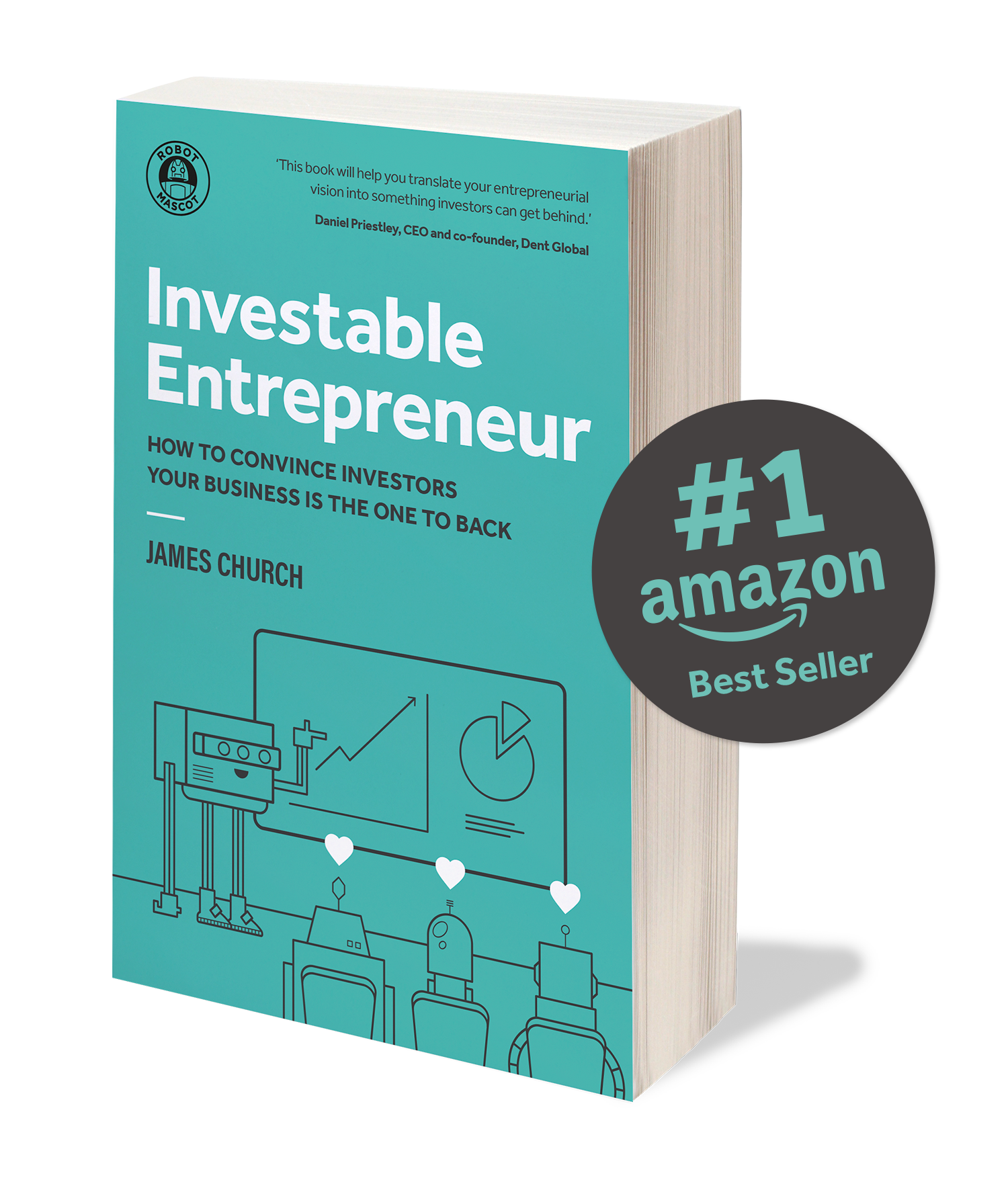
Keep up to date with what we’re up to via email

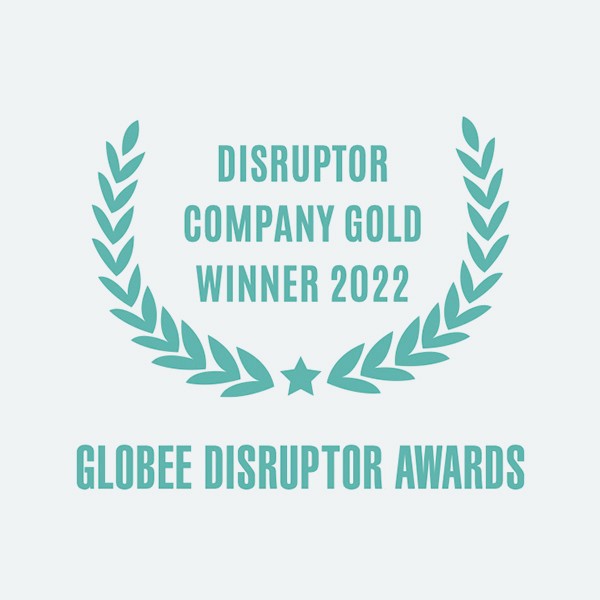
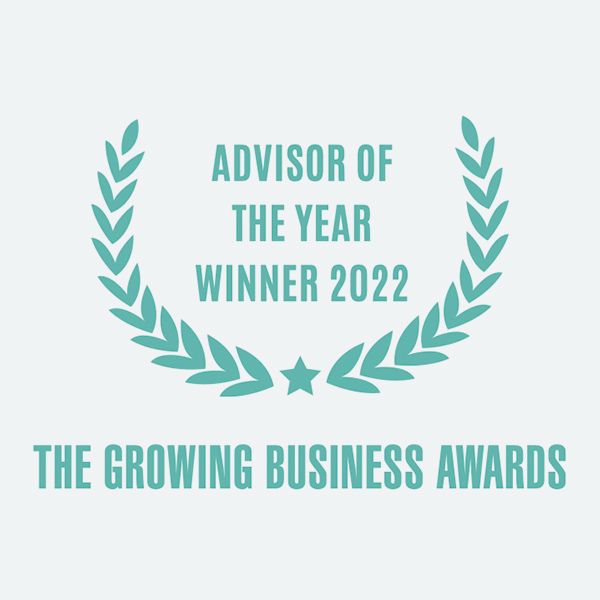
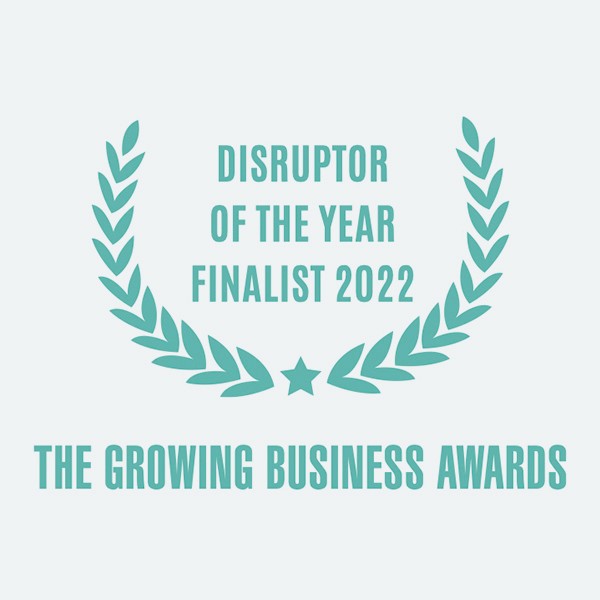
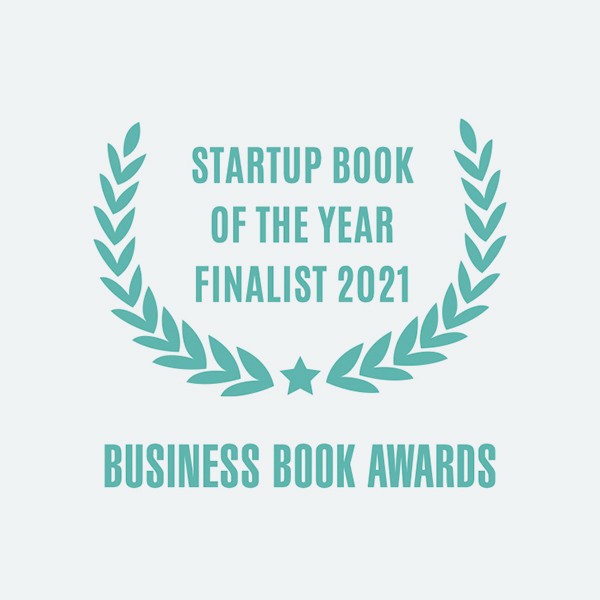
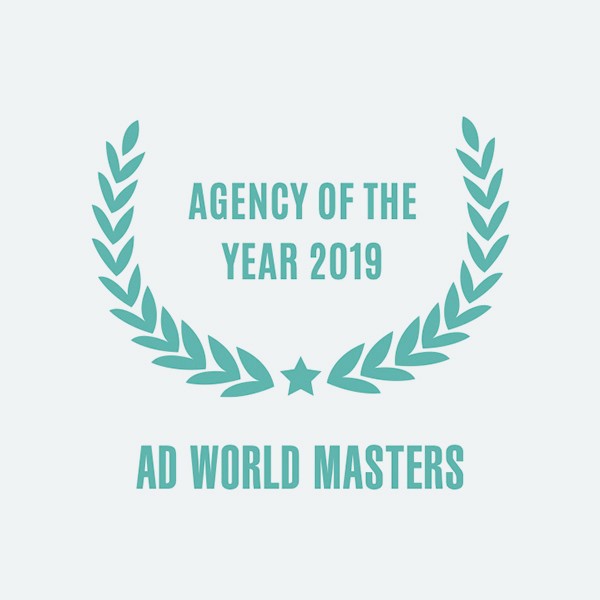
Copyright ©Robot Mascot Ltd. All rights reserved.






